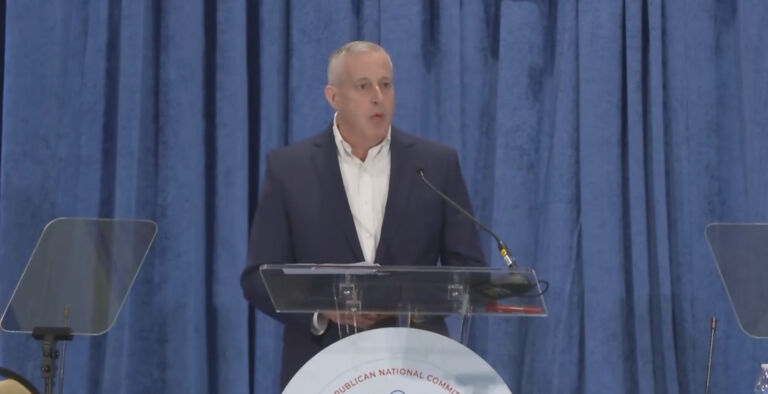Weekly John Locke Foundation research division newsletter focusing on environmental issues.
The newsletter highlights relevant analysis done by the JLF and other think tanks as well as items in the news.
1. Skeptics and alarmists close to a tie on scientific literacy
Many have claimed that one side or the other in the debate about global warming, at least among those who are not formally trained, hold their "wrong" views because they are scientifically ignorant. But a new survey published in the journal Nature Climate Change suggests that neither side holds a significant edge when it comes to knowing some basic facts about science. The questions that were asked were not specifically about the climate but were questions testing general scientific knowledge.
As it turns out, those considered to be skeptics (respondents who were less worried about global warming) scored slightly, but insignificantly higher than "believers" (those who were more worried about global warming). Skeptics had a score of 57 percent while believers had a score of 56 percent. As reported at Foxnews.com, the difference was significant enough to be noted in the National Science Foundation funded study though, where the authors stated that "As respondents’ science literacy scores increased, their concern with climate change decreased."
It is my belief that the alarmists seeks to exploit scientific ignorance in order to win the general populace to their side. For example, they often refer to "carbon," a chemical element that most people associate with black, sooty stuff like graphite, when in fact they are really talking about carbon dioxide (CO2), the colorless, odorless gas that we all exhale and is necessary for the existence of all life on earth. It is common for the alarmist left to talk about "carbon pollution" or reducing one’s "carbon footprint" when discussing global warming. But the greenhouse gas is carbon dioxide. Even the media seems to have been bamboozled by this language slight of hand. Several years ago, while on a panel discussing global warming on a local television show, after pointing to some data that suggested that increased atmospheric CO2 was not causing global warming, the host of the show turned to me and said "well even if these emissions are not causing global warming why should we have to breath this stuff?" Of course CO2 is not a noxious gas. Breathing in atmospheric CO2 is not dangerous.
And then there’s the substitution of the expression "climate change" for global warming, suggesting that skepticism of the idea that human CO2 emissions will cause catastrophic global warming is equivalent to being skeptical of the idea that the climate changes over time. This is then used to suggest that skeptics are the equivalent of "flat earthers," But of course no one thinks that the climate isn’t, hasn’t, or doesn’t change. To believe that would indeed be the same as believing that the earth was flat. This is a way of exploiting scientific ignorance to promote an agenda.
And finally there is the ultimate in bad science — the association of making things more "green" with decreases in atmospheric carbon dioxide (CO2). Any 6th grade science student (at least if he or she has been homeschooled) can tell you that CO2 is an airborne fertilizer that all plant life needs for its existence. Indeed it is CO2 that makes a green earth possible. It is usual for people who own greenhouses to pump extra CO2 into the greenhouse to encourage the plants to grow. To suggest that there is a correlation between increased CO2 and reductions in "green" is the height of scientific nonsense.
2. Ozone Report
Another boring week of no high ozone days. The 2012 ozone season began on April 1 and each week during the ozone season this newsletter will report how many, if any, high ozone days had been experienced throughout the state during the previous week, where they were experienced, and how many have been recorded during the entire season to date. The ozone season will end on October 31st. All reported data is from the North Carolina Division of Air Quality, which is part of the state’s Department of Environment and Natural Resources. During the period May 28th to June 3rd. There were no reported high ozone readings on any of the state’s monitors. There have been no high ozone days thus far this season.
Click here for the Environmental Update archive.


